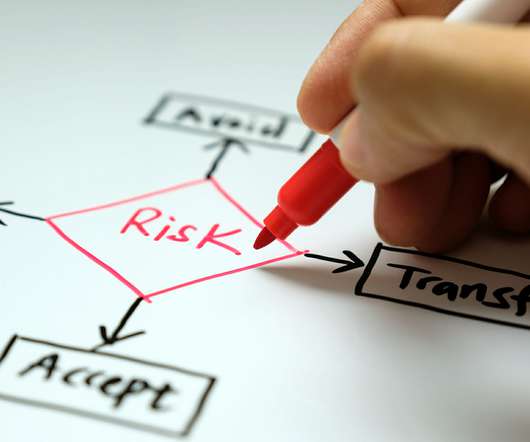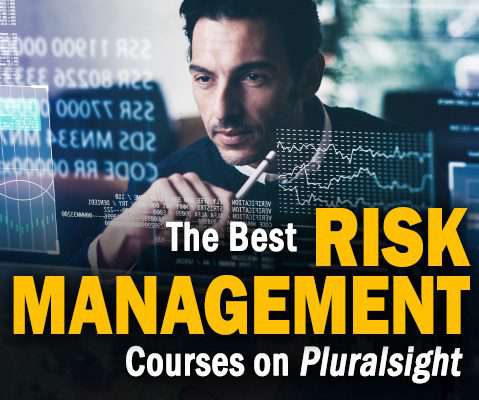Risk Management as a Career: A Guide for BCM Professionals
MHA Consulting
AUGUST 24, 2023
As a reminder, risk management is the process of understanding the hazards facing an organization and taking steps to bring them to within a level determined to be acceptable by the senior leadership. It’s not about eliminating risk completely but managing it in a rational, informed way. Transferring risk.



















Let's personalize your content